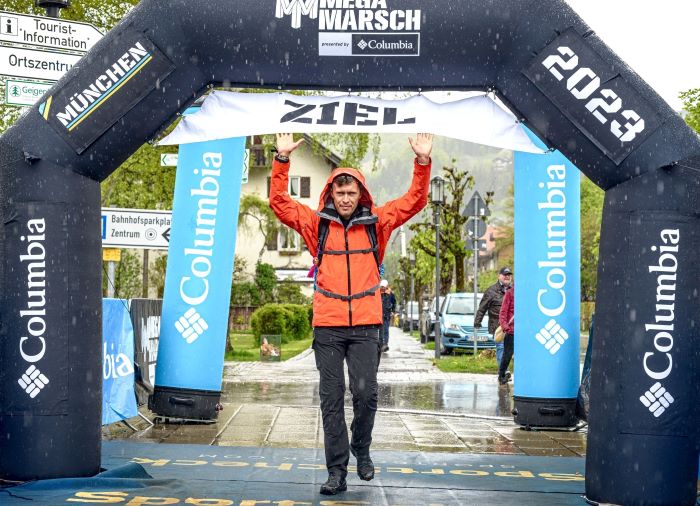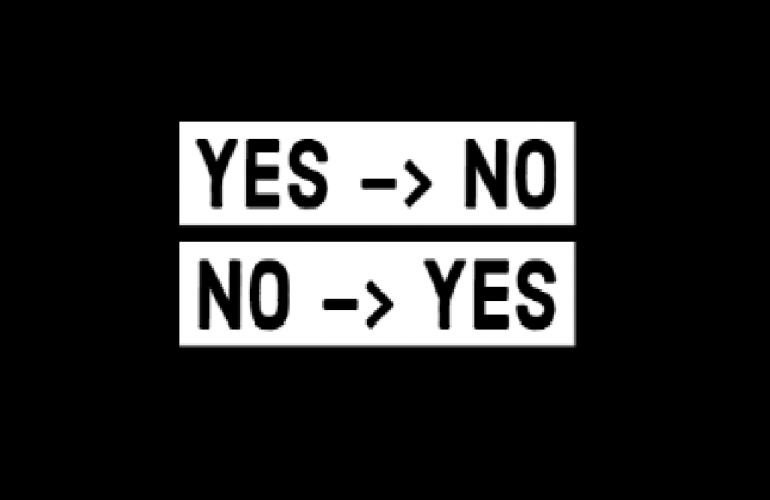The Hero’s Journey – Megamarsch München 2023 – 100 km in 24 hours
“A ship in the harbor is safe, but that’s not what ships are built for.”
How often do you ask yourself whether or not a certain thing is worth doing? How often do you say yes, even if there is some anxiety or fear in your soul? How often do you start a new project, even if you know deep down inside it will be hard?
This post is about something that concerns all of us because it is about our peace of mind and evolution.
I’ve been passionate about personal development for almost ten years now, and for a long long time, I’ve been devouring everything I could find about personal growth and psychology. Till one point. Till one moment.
Till I learned that where we need to look is not on the outside but within us. From that moment, not only did I understand, but I felt it.
Today I want to tell you about a concept that has made a difference to me and many others. It relates to our human evolution and is called the Hero’s Journey. When else would it be more appropriate to tell you about it than now, after a Megamarsch, a trek made over 100 kilometers with 24 hours as a time limit?
The hero’s journey is presented in various forms, and here I will explain only the short version. The hero’s journey has only one direction, no right or wrong. The beginning is known to everyone, but how the story ends is up to each person.
The hero’s journey was described in detail by Joseph Campbell, and he used some psychological terms presented by Carl Gustav Jung. Jung divided the way the human psyche is organized into concepts called archetypes, which are the laws by which the human mind is structured.
In fact, these concepts, called archetypes, are the map by which you can evaluate your evolution, and if you know them, they will help you find fulfillment in any area of life. In the end, you will reach that feeling of balance, of acceptance, of “home.”
1. As I said before, we all have the same start. We all begin from the same place and start our journey from the archetype of “the innocent.” It is specific to childhood, and the key element here is safety.
People here have the conviction “nothing bad will ever happen to me” and want nothing to change in their lives. Because these people do not know there are risks and dangers, enthusiasm is at its highest. It represents the man who, regardless of age, is not yet out of paradise, and the soul and love are in their purest form.
Imagine a child who wants to be always safe and doesn’t want to lose their security, their food source. It manifests itself in a maximum dependence on others; in romantic relationships, it even goes as far as co-dependence.
In the example of the Megamarsch, I saw a few participants who came just to please others or because they were part of a team. Do you think they finished the race? When the pain starts, and in events like this one, it certainly does, how many do you think still had the motivation to keep going? How many do you think continued the race after the group leader dropped out?
Hmmm …
As I’m pretty sure you’ve already replied, the vast majority didn’t continue. They didn’t finish the tour, and after continuing to read about the other archetypes, you’ll understand why.
2. The second archetype is that of “the orphan,” and now is the moment when despair first appears. People who are psychologically there want to return to paradise and live as before, as it was initially.
Now is the stage where you lose hope, feel alone, and no one can help you.
The orphan constantly sees problems, thinks about them, and, most of the time, runs away from them. If the innocent only receives, the orphan, frustrated by so much pain, mobilizes and acts. When the pain is too big, the orphan finds the strength to be reborn.
In the case of the Megamarsh, many participants started complaining about the shoes, the trail, the weather, the lack of water, or you name it. Some gave up, and others had the strength to keep going.
3. The third archetype in the short version of the hero’s journey is “the martyr.” The people who are here psychologically are those who victimize themselves continuously. Pain has turned into suffering, and suffering becomes a pleasure.
The martyr is proud of his suffering and feels better when he gets attention from others. It is still an immature stage because the attention received comes from a form of manipulation.
Do you think there weren’t people limping or moaning on the road? Hmmm …
Even when I started having the first pains and slowed down for a moment, I instantly understood that I had gotten the attention of others and that I had entered martyrdom. I could have stayed in that situation and gained a shoulder to cry on, or I could have not.
As an NLP trainer, I know the importance of our thoughts because the body and subconscious are connected and listen to the mind. If you think you can’t, the body will find ways to show you that you are right. Henry Ford said something brilliant in this regard, “whether you think you can or can’t, you’re right!”
4. The fourth stage is still a shadow side for the people who are not fully committed to their dream and still need to accept their calling entirely. This stage is the “Seeker” stage. Here people are looking for a trick to get through problems quickly. The seeker is not seeking solutions but escaping pain and discomfort.
In everyday life, it is the stage of addiction. One looks for someone else to solve his problems, looks for a way to hide, and denies the existence of his problems. It is the phase when the suffering is so great, addictions become almost unbearable, and change is desired at all costs.
There have also been such people on the Megamarsch trail. How can you identify them? All sorts of substances, power bars, powders. Isotonic drinks, minerals. Expensive equipment. Gels and creams for blisters, patches, or triple-layer socks. Music, speakers, headphones. Anything to ease them through exhaustion, reduce the pain and fill the psychical void.
5. The next archetype is “the Warrior.” He begins to understand that he has power, control and takes the change into his own hands. This is the stage where people do whatever it takes to win. The Warrior knows that problems exist and is comfortable with pain.
He fights and fights and fights.
He fights again and gets tired. He reaches his limit, sometimes a burnout, and when he comes out, he fights again.
On the trail are those who, even though injured, continue and put their health at risk. They don’t know when to stop, and immediate victory is more important than long-term gain.
6. The last archetype is “the Magician.” It is the stage where people no longer fight and can let go. It’s fine as it is. You don’t need anything. Once you get here, you don’t fall anymore. If you do fall, you know how to get up quickly, adjust your emotional state, and stabilize yourself. Magicians don’t fear death because they know that whoever dies before death never dies again.
On the trail, the magicians were those people who were not on their first event. They were very familiar with discomfort. They knew it would hurt hard, even before the first step over the starting line. Even if the body suffered, they could accept the pain and enjoy the trail, the company of people, and the experience itself.
This journey applies to any area of your life, and I hope you found the description of the hero’s journey helpful. Whether it’s a sporting event, health, career, or even relationships, this journey is an evolutionary learning process that we all go through.
It would be best for you to understand that it’s only up to you how fast you go through this journey.
Stay tuned as I’ll keep you updated on the Neuro-Linguistic Programming personal development courses that can accelerate your journey to becoming a real magician.
Until then, I’ll leave you with a quote that has stuck with me when I think about the hero’s journey: “Only on the path of your happiness will you find the knowledge for which you came to this earth.”
What is your current stage? In what area are you a magician, and in what area are you an innocent?
Look at these NLP Training programs or Systemic Coaching methods for advice on mindset and clarity. Furthermore, if you want some guidance on hiking, my other project mountain-level.com is a perfect place to start.
See you soon!
Did this article provide a solution or a new perspective? Please consider making a donation! Your support ensures that you will find valuable content whenever you return.
Thank you for your generosity!




